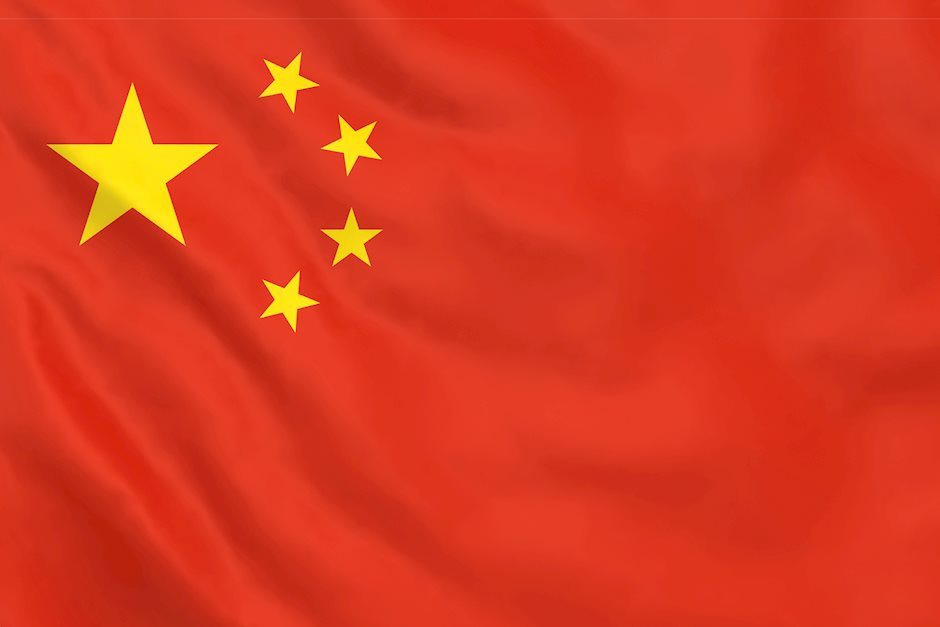China: Changing shape of manufacturing sector contributing to global trade tensions - NAB

According to Gerard Burg, Senior Economist at NAB, much of China’s economic emergence over the past two decades has been driven by the development of its industrial sector and the sheer scale of this growth has fundamentally changed international markets as its high tech manufacturing ambitions are part of the growing global trade tensions and could breach WTO rules.
Key Quotes
“Changes in the overall share of China’s manufacturing over the past decade were subtle but evident in a number of key sectors. There were considerable increases in the share of manufacturing for transport equipment, along with non-metallic minerals, pharmaceutical products, computers & communications equipment and electrical machinery and equipment. It is notable that these sectors (with the exception of non-metallic minerals) are higher value added industries.”
“This compositional change is expected to continue over the next decade. The State Council’s Made in China 2025 plan aims to drive the country further up the manufacturing value chain, with growth in areas such as robotics, biotechnology, aviation, new energy and autonomous vehicles and advanced information technology (such as artificial intelligence). That said, these plans have contributed to the trade tensions between the United States and China.”
“The recent Section 301 report from the US Trade Representative cited the Made in China 2025 plan one hundred and sixteen times – accusing Chinese authorities of forcing technological transfer and Chinese corporates of intellectual property theft from advanced economy firms, as well as providing unfair industry policies to support domestic firms. The removal of the latter was reported as a key demand from US negotiators in recent trade talks.”
“A key part of the Made in China plan is a 70% self-sufficiency target for components and basic materials in a range of high technology sectors – with the possibility of quotas to meet these targets. Such quotas would be in breach of China’s WTO requirements and would be a major concern for major high tech exporters such as Japan, South Korea and Germany.”
Author

Sandeep Kanihama
FXStreet Contributor
Sandeep Kanihama is an FX Editor and Analyst with FXstreet having principally focus area on Asia and European markets with commodity, currency and equities coverage. He is stationed in the Indian capital city of Delhi.

















